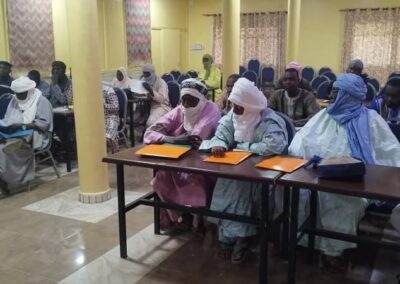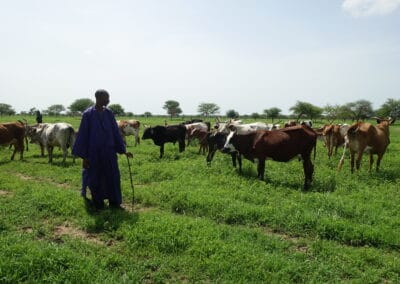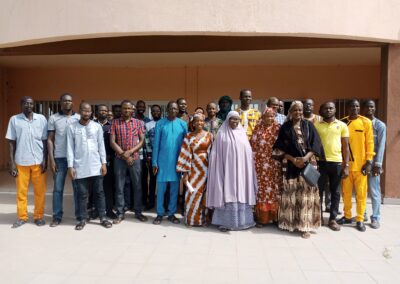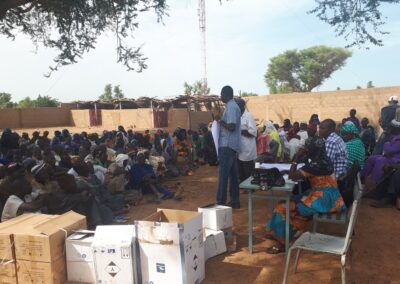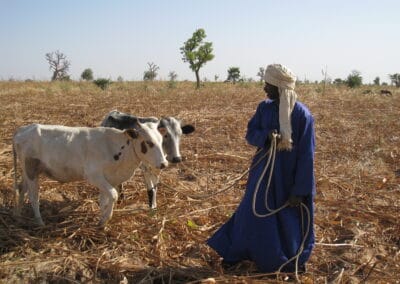Project to support the competitiveness of local milk in Mali
Project Overview
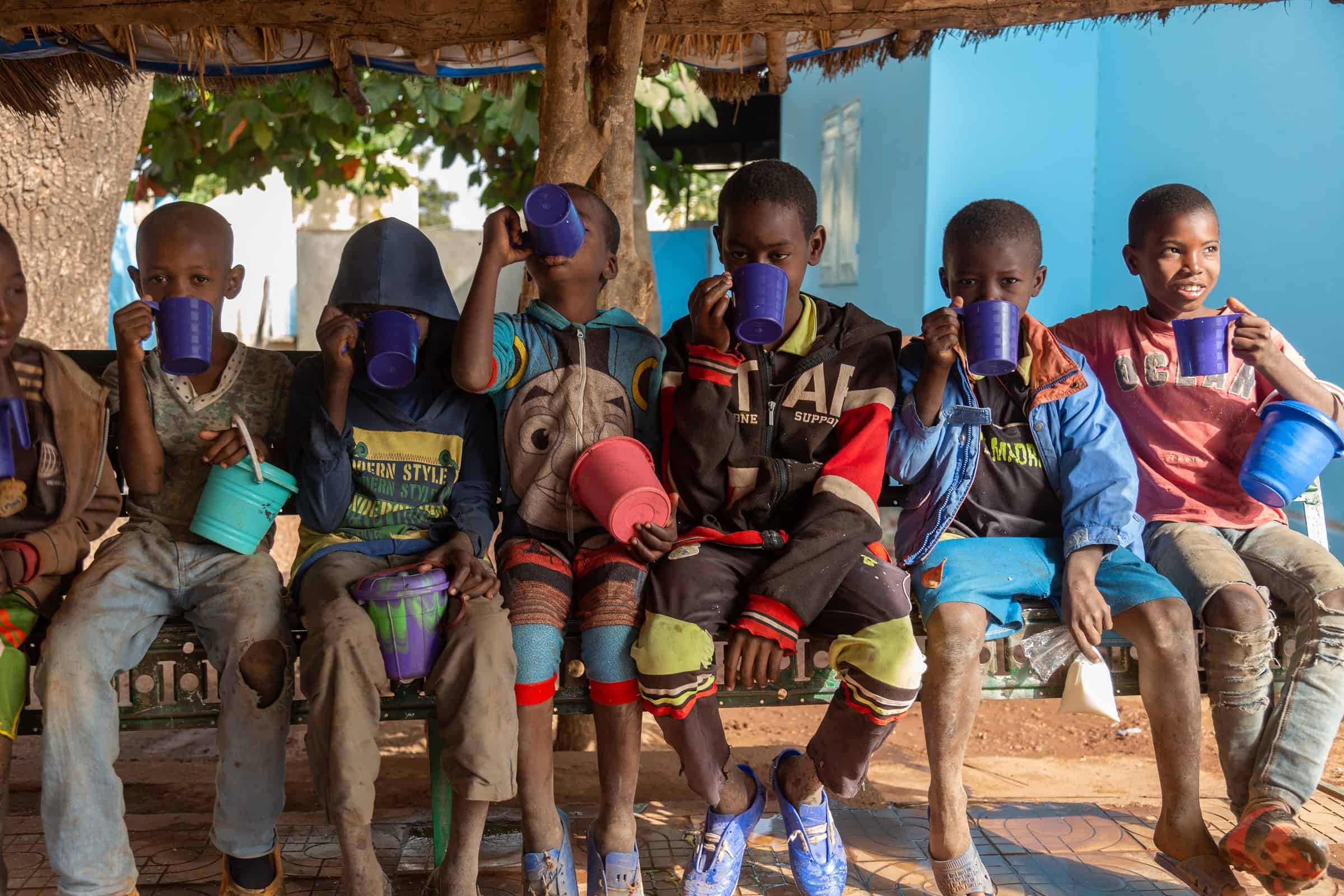
Country
Mali
Project name
COMPLAIT
Project status
Active
Duration of the project
| Start: | 01.09.2019 |
| End: | 31.08.2022 |
| 36 months |
Budget
Partners
- CAB Déméso
- FENALAIT (Fédération Nationale des Producteurs de Lait du Mali)
Project area
Topics
Tags
Background
Livestock farming in Mali, which remains mainly in the hands of small-scale agro-pastoralists, is an important economic sector and contributes up to 15% to the GDP. This sector employs about 30% of the active population. Despite the Malian government’s continuous efforts to develop this sub-sector, investments have remained too low to be able to harness the potential of Malian livestock farming.
Local milk production remains well below the estimated potential of 500 million litres per year. In order to meet the demand of the rapidly growing urban population, Mali imports powdered milk from abroad. On the one hand, these imports weigh heavily on the indebted country’s trade balance; on the other hand, they hinder the professionalization and structuring of the local value chain.
Approach
The project draws on the «market system development» (MSD) approach, particularly in its work on improving services at the level of dairy cooperatives and unions (e.g. improving veterinary services for livestock keepers). In addition, the project aims at improving food security and is based on the FAO’s Food Insecurity Experience Scale (FIES).
Objectives
The objective is to contribute to the improvement of the global governance of the “local milk” value chain to strengthen its competitiveness by:
- Increased income for 300 women and young people working in the value chain and improved food security for 3,000 households.
- Milk cooperatives and unions meet the needs of their members (service provision; advocacy for local milk) and the social status and economic power of women and young people is improved.
- Productivity is improved at dairy farms, collection centres, mini dairies and milk kiosks with reduced negative environmental impact.
- Local milk is available in quantity and quality in the intervention areas and accessible to consumers (price and proximity).
Which of the 17 UN Sustainable Development Goals does this project work towards?





